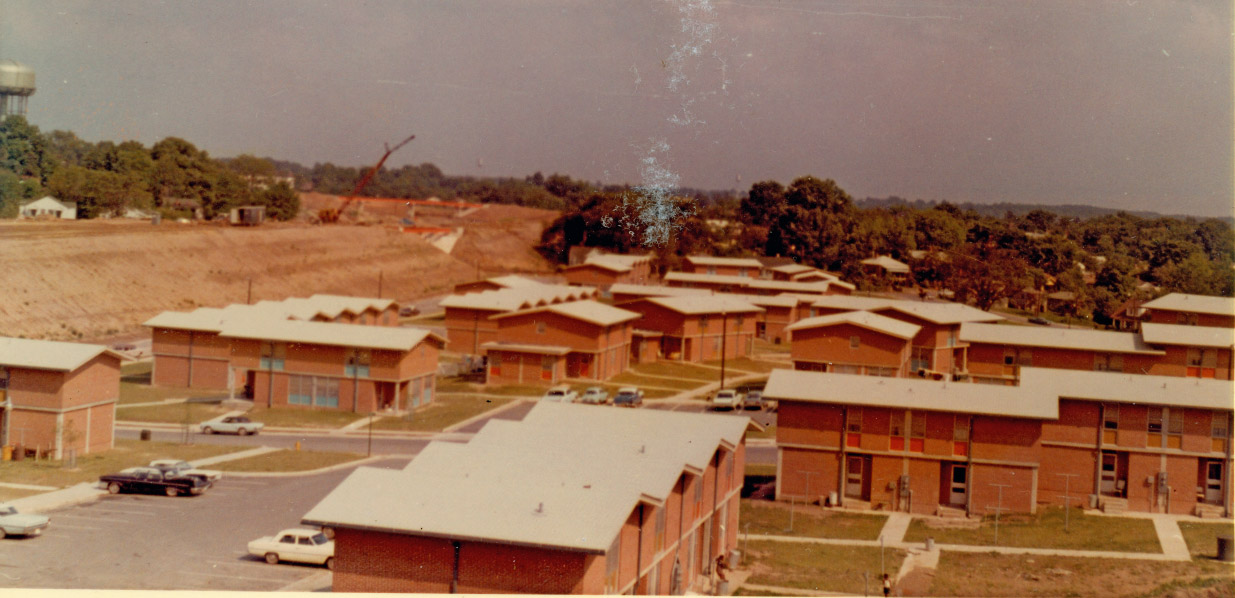Part
01
of one
Part
01
Gentrified Areas in North Carolina
Key Takeaways
- Rochester Heights' proximity to the city’s central area surrounding development has led to increased property taxes that are burdening and displacing many long-time residents who earn approximately half the area’s median income.
- Glenwood in Greensboro has been gentrified as businesses such as the University of North Carolina at Greensboro expanded into the area
- Although still predominantly Black, the fact that Rochester Heights is close to the city’s central core and surrounding development has led to increased property taxes that are burdening and displacing many long-time residents who earn approximately half the area’s median income.
Introduction
13 gentrified areas in North Carolina include Glenwood, Southside, and Rochester Heights. Details are provided in the attached spreadsheet.
Selected Findings
- Glenwood in Greensboro has been gentrified as businesses such as the University of North Carolina at Greensboro expanded into the area and caused many homeowners to move out after house rents increased by $200 a month.
- At some point, Southside’s population was 98% black. However, the East Side Urban Renewal Project interfered with 1,200 buildings, changing the neighborhood to the River Arts District. This contributed to the displacement of the majority of southside residents.
- Although still predominantly Black, the fact that it's close to the city’s central core and surrounding development has led to increased property taxes that are burdening and displacing many long-time residents who earn approximately half the area’s median income.
Research Strategy
For this research, we leveraged the most reputable sources of information that were available in the public domain, including Yes Weekly. Since past examples of gentrification were required, we used older sources (outside Wonder’s 2-year time frame) for the research as directed in the research criteria.
